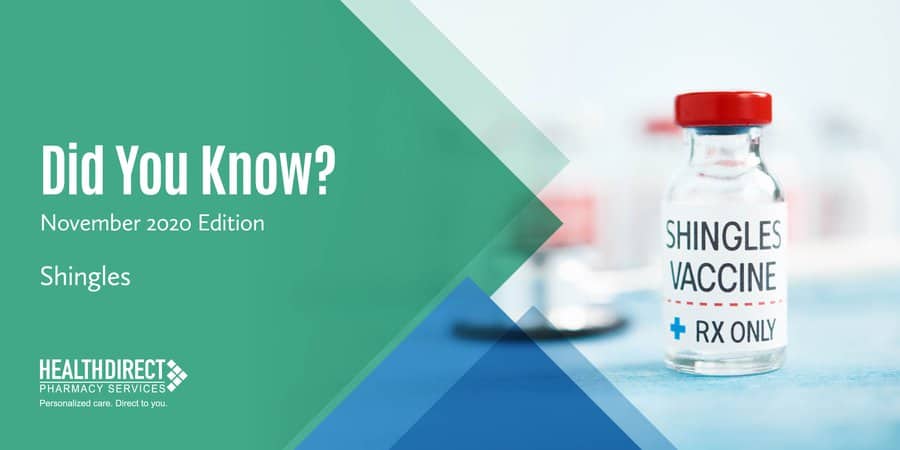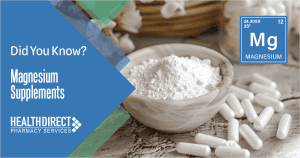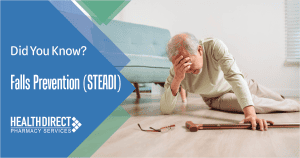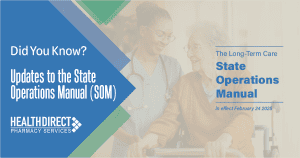What is Shingles?
Shingles, or herpes zoster, is a viral infection that causes a painful rash. About 1 out of every 3 people in the US will develop shingles in their lifetime. Those that have had chicken pox, are at risk of getting shingles. The risk of getting shingles and having serious complications increases as you get older.
Symptoms and Contagiousness
Varicella zoster virus (VZV), is the virus that causes shingles. It can spread from a person with active shingles and cause chickenpox in someone who had never had chickenpox or received the chickenpox vaccine. The mode of transmission is through direct contact with fluid from the rash blisters. A person can spread the virus when the rash is in the blister-phase. They are not considered to be infectious before the blisters appear. Once the rash crusts, they are no longer infectious. Blisters typically crust over in 7-10 days. It can take 2-4 weeks for the rash to fully clear. Covering the shingles rash can help decrease the risk of virus transmission.
People will often have symptoms before the onset of a rash. These symptoms may include fever, pain, malaise, headache, itch, or tingling in the area where the rash will develop. The rash commonly occurs in a single stripe on one side of the body or face. When present on the face, shingles can affect the eye and cause vision loss.
Potential Complications
Complications can arise from having the virus. The most common complication is called postherpetic neuralgia (PHN). 10-18% of people who have shingles with get PHN. PHN is nerve pain that occurs in the area where the shingles rash is present. The pain can be severe and debilitating and can last for months or years after the rash disappears. Older adults are more likely to develop PHN and have longer lasting and more severe pain than younger adults with shingles. Other complications may include: acute retinal necrosis which can lead to blindness; secondary bacterial infections such as cellulitis or septicemia; aseptic meningitis; and cranial and peripheral nerve palsies.
Shingles Treatment
Treatment goals are aimed at controlling symptoms, inducing quick healing, reducing severity and pain, and avoiding complications.
Several antivirals (acyclovir, valacyclovir, and famciclovir) are available to treat shingles and shorten the length and severity of the illness. They are most effective if you start taking them within 72 hours of rash onset or upon emergence of new lesions or oculate/neurologic complications. It is recommended to concurrently administer analgesics to help treat pain.
Prevention through Vaccination
Shingles is preventable with vaccination. The CDC and ACIP recommend vaccination for specific ages, regardless of whether the patient had naturally occurring varicella infection.3 If a patient has a history of herpes zoster, they can still be vaccinated to prevent further episodes. There are two licensed vaccines in the US to prevent shingles:
Shingrix (recombinant zoster vaccine, RZV)—this is the preferred shingles vaccine.
- The CDC recommends 2 doses of Shingrix separated by 2-6 months for immunocompetent adults aged 50 years and older. This is the recommendation whether or not they reported a prior episode of herpes zoster or had a prior dose of Zostavax.
- The Shingrix vaccine has >90% effectiveness, regardless of age. It also helps reduce risk of complications.
- Shingrix should not be administered during an acute episode of herpes zoster. Vaccination should be delayed until the acute stage of the illness is over and symptoms abate.
Zostavax (zoster vaccine live, ZVL)
- Zostavax will no longer be sold in the United States starting July 1, 2020. Some pharmacies and clinics may
still have Zostavax in stock. This vaccine is safe and may be used until the supply expires (before or by
November 18, 2020). - This vaccine may still be used to prevent shingles in healthy adults 60 years and older if the person is allergic to Shingrix, prefers Zostavax, or requests immediate vaccination and Shingrix is unavailable.
References:
- About Shingles from CDC
- Cohen. NEJM. 2013;369:255.
- Saguil. Am Fam Physician. 2017;96:656
- Koshy. Indian J Dermatol Venereol Leprol. 2018;84:251
- Lecrenier. 2018;17:619




